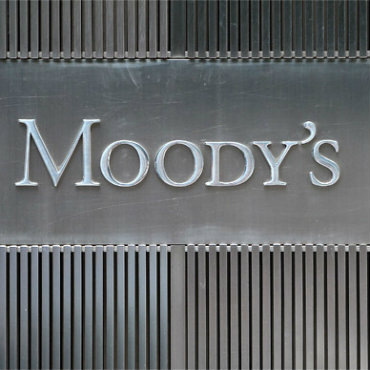
The discussion panel „Poland – more dependent on external or internal factors?” could not ignore 4.9 per cent decline in investment in the second quarter of 2016, following a decline of 1.8 per cent in the first quarter. However, nobody is assuming that the decline in investment will be permanent.
“This is not a question of whether investment in Poland will pick up. It is a question of when. After all, European funds are spent in a specific cycle and the phase of preparation must be followed by the phase of investment. It will come in 2017 or at the latest in 2018,” said Katarzyna Zajdel-Kurowska, a member of the Management Board of Poland’s central bank Narodowy Bank Polski.
“Investment is weak, but this situation is not limited to Poland. There is uncertainty everywhere. Poland does not stand out much if we look at the construction indicators in Hungary, the Czech Republic or Romania, which has its own problems,” said Pasquale Diana, an economist from Morgan Stanley responsible for the Central and Eastern Europe, Middle East and Africa.
However, it is mainly the decrease in investment, and the still slow pro-consumption effects of the 500+ child benefits program which contributed to the consistent downward revisions of the forecasts for this year’s GDP growth rate.
“This year the GDP growth rate will probably be lower than we expected in the July inflation report. We will be able to talk about the details in November, when the next forecast is presented,” said Katarzyna Zajdel-Kurowska. As a reminder, in July NBP projected growth of 3.2 per cent for the whole of 2016. Meanwhile, according to Zajdel-Kurowska, inflation is supposed to reach positive values „at the end of the year, perhaps in December”.
“After Brexit we lowered the forecast of Poland’s GDP growth from 3.5 per cent to 3.1 per cent in this year and the next year. The issue of inflation is interesting. It will enter positive values at the end of the year, and next year it will be below 2 per cent,” predicted Pasquale Diana.
In the updated credit opinion of Poland issued on September 28th, the Moody’s rating agency, which hosted the panel, forecasts GDP growth of 3.1 per cent this year and 3 per cent next year, as well as CPI inflation of 0.1 per cent at the end of this year and 1.5 per cent at the end of next year.
It is worth recalling that Moody’s agency assigned the Polish government bonds a rating of A2 with a negative outlook, which is derived from two factors. The first is „the fiscal risks associated with a significant increase in current expenditures and the government’s intention to lower the retirement age, which will increase costs in the long term”. The second factor is the „weakening of the investment climate due to a shift towards more unpredictable policies and legislation, reflected in the ambiguity with regard to the conversion of mortgages denominated in foreign currencies and the prolonged stalemate between the government and the constitutional court”.
These two factors were also emphasized by the representatives of Moody’s during the conference. Marco Zaninelli, an analyst covering Poland, spoke of the need for predictability of political decisions and the possible risk in the event that the deficit of the public finance sector exceeds 3 per cent of GDP in 2017.
A lot was also said about Poland’s advantages: the still decent 3 per cent GDP growth rate, low unemployment, growing wages and consumption, and the large demand for bonds among foreign investors.

